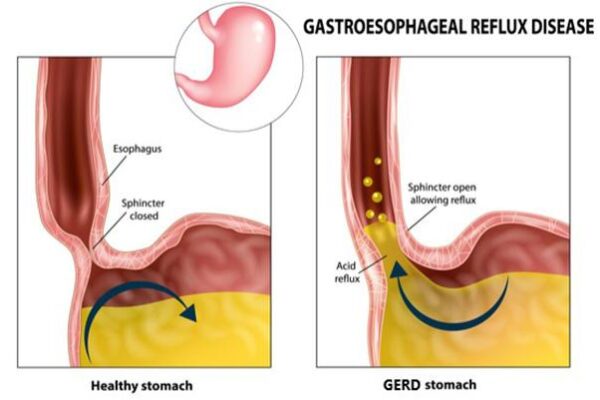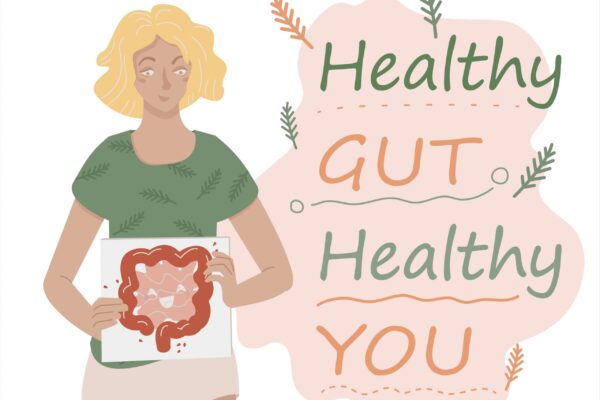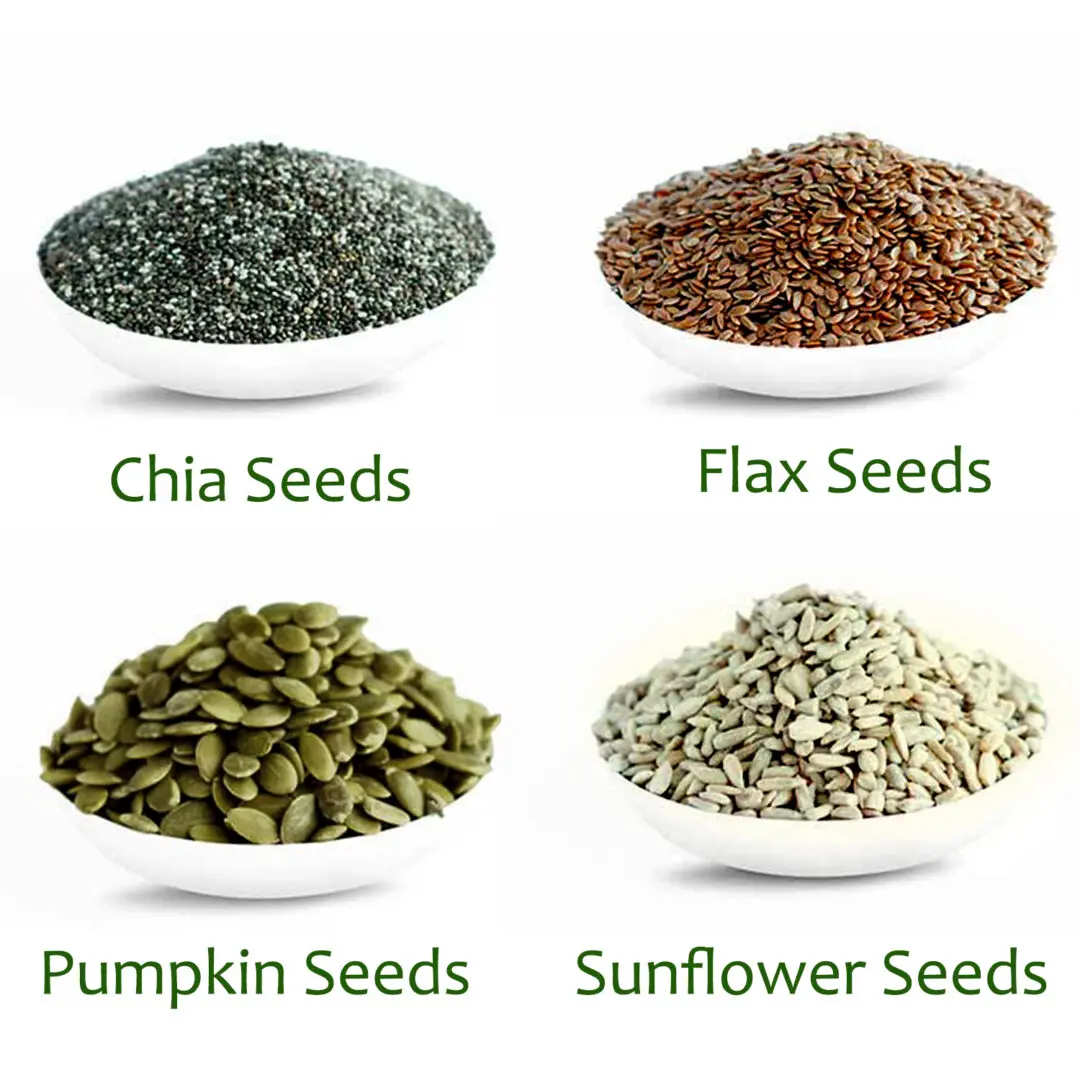What Is Type 2 Diabetes?
Type 2 Diabetes affects about 90- 95 % of the 26 million Americans with diabetes. It is the most common form of diabetes once called non-insulin dependent diabetes.
People with type 2 diabetes make insulin in their bodies, but either their pancreas does not make enough insulin or their bodies cannot use the insulin well enough. This is called insulin resistance. When there isn’t enough insulin or the insulin is not used as it should be, glucose (sugar) can’t get into the body’s cells. When glucose builds up in the blood instead of going into cells, the body’s cells are not able to function properly. Other problems associated with the buildup of glucose in the blood include:
• Damage to the body. Over time, the high glucose levels in the blood can damage the nerves and small blood vessels of the eyes, kidneys, and heart and lead to atherosclerosis, or hardening of the arteries that can cause heart attack and stroke.
• Dehydration. The buildup of sugar in the blood can cause an increase in urination, causing dehydration.
• Diabetic coma (hyperosmolar nonketotic diabetic coma) When a person with type 2 diabetes becomes very ill or severely dehydrated and is not able to drink enough fluids to make up for the fluid losses, they may develop this life-threatening complications.
Risk Factors for Diabetes
Anyone can get type 2 diabetes. But those at highest risk are:
• People over 45 years
• People who are obese or overweight
• Have had gestational diabetes ( diabetes during pregnancy)
• Have a family history of diabetes
• Have pre-diabetes
• People who are not physically active or do not exercise
• Have low HDL cholesterol or high triglycerides
• Have high blood pressure
• Are members of certain racial or ethnic groups
What Are the Symptoms of Type 2 Diabetes?
Very often, people with type 2 diabetes will have no symptoms. But some symptoms include:
• Increased thirst
• Increased hunger (especially after eating)
• Dry mouth
• Nausea and sometimes vomiting
• Increased urination
• Fatigue (weak, tired feeling)
• Blurred vision
• Numbness or tingling of the hands or feet
• Sores that are slow to heal
Signs and tests
A urine analysis may show high blood sugar. However, a urine test alone does not diagnose diabetes.
Your health care provider may suspect that you have diabetes if your blood sugar level is higher than 200 mg/dL. To confirm the diagnosis, one or more of the following tests must be done.
Blood tests:
• Fasting blood glucose level — diabetes is diagnosed if it is higher than 126 mg/dL twice. Levels between 100 and 126 mg/dL are called impaired fasting glucose or pre-diabetes. These levels are risk factors for type 2 diabetes.
• Hemoglobin A1c test
o Normal: Less than 5.7%
o Pre-diabetes: 5.7% – 6.4%
o Diabetes: 6.5% or higher
• Oral glucose tolerance test — diabetes is diagnosed if glucose level is higher than 200 mg/dL after 2 hours of drinking a glucose drink. (This test is used more often for type 2 diabetes.)
Screening for type 2 diabetes in people who have no symptoms is recommended for:
• Overweight children who have other risk factors for diabetes, starting at age 10 and repeated every 2 years
• Overweight adults (BMI greater than 25) who have other risk factors
• Adults over age 45, repeated every 3 years
Treatment
Early on in type 2 diabetes, you may be able to reverse the disease with lifestyle changes. Also, some cases of type 2 diabetes can be cured with weight-loss surgery.
There is no cure for type 1 diabetes.
Treating both type 1 diabetes and type 2 diabetes involves medicines, diet, and exercise to control blood sugar levels and prevent symptoms and problems.
Getting better control over your blood sugar, cholesterol, and blood pressure levels helps reduce the risk of kidney disease, eye disease, nervous system disease, heart attack, and stroke.
To prevent diabetes complications, visit your health care provider at least two to four times a year. Talk about any problems you are having.
What healthy food choices should I make?
Type 2 diabetes diet focuses on controlling weight in order to improve the body’s ability to utilize insulin. In most cases Type 2 diabetes can be controlled through proper diet and exercise alone. For many diabetics, what you eat is not so much the issue as how much you eat and when you eat it, but there are always choices and picking healthier ones will make controlling diabetes that much easier.
1. Choose More High Fibre Foods to help maintain blood glucose levels and cholesterol levels and helps to maintain a healthy gut
2. Foods such as fruits, vegetables, pulses and oats should be included in the diet.
3. Cut down on Sugary Foods
In a nut shell:
- Lose weight if needed
- Stop smoking
- Increase Physical activity
- Monitor blood glucose levels, cholesterol and Blood pressure
- Visit your physician to get checkups
- Eat in small amounts
- Cut back on sweets and sugary foods
- Increase fruits and vegetables at least 5 servings daily
- Eat a balanced diet
- Get Frequent Foot Exams
Reference
Webmd Diabetes Health Center ( 2013). Retrieved from http://diabetes.webmd.com/default.htm
Diabetic Diet for Diabetes (2009). Retrieved from http://www.diabeticdietfordiabetes.com/foods.htm
American Diabetes Association (2013). Diabetes. Retrieved from http://www.diabetes.org










